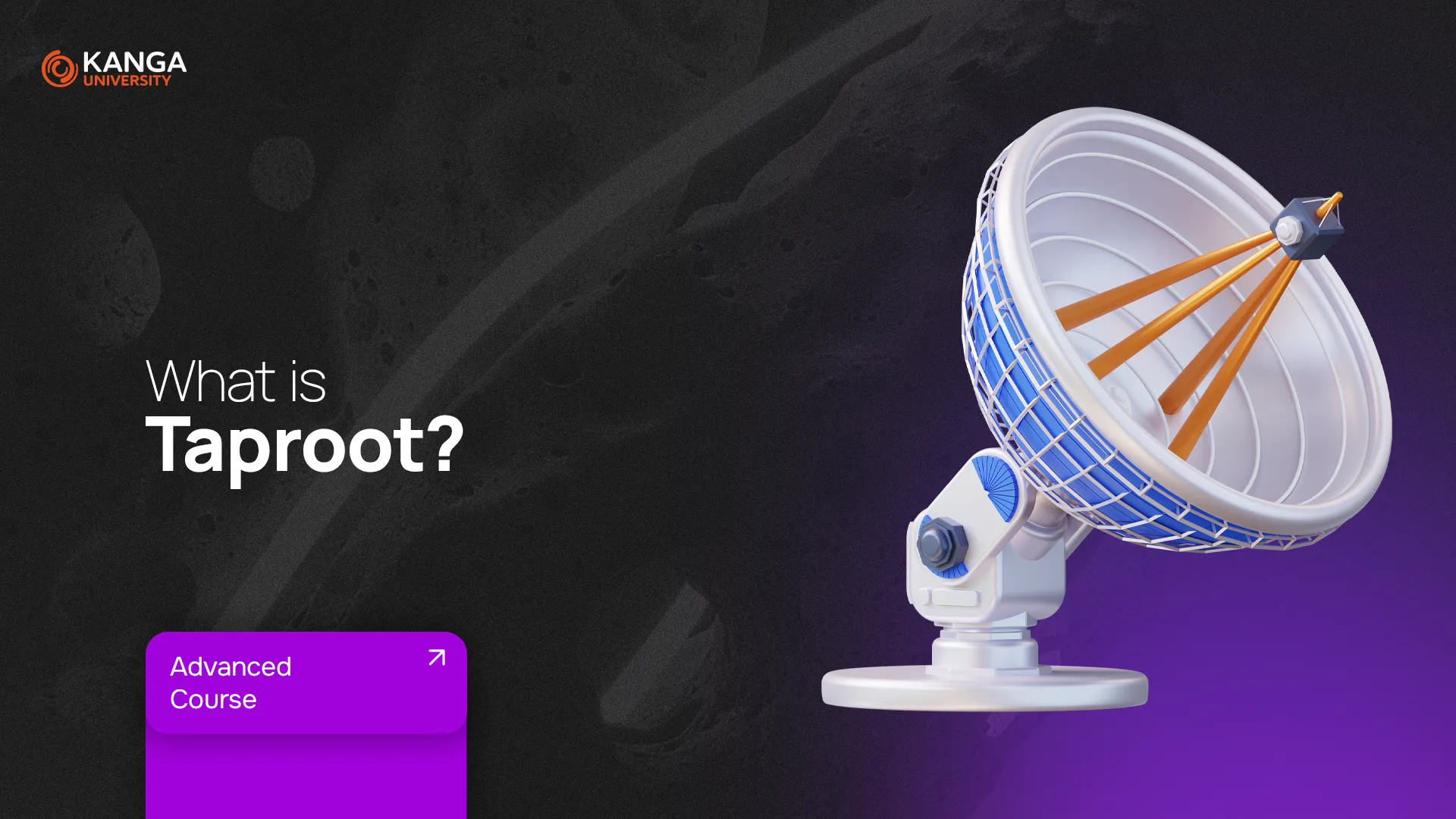
Bitcoin isn’t just a digital currency — it’s a decentralized system built on blockchain technology. Like any tech platform, it needs regular improvements to keep running faster, more securely, and more privately. That’s exactly what the Taproot upgrade was all about.
Unlike a “hard fork,” which splits the network into two versions, Taproot was a “soft fork.” That means the update didn’t force every user to upgrade, but it still brought significant changes to how Bitcoin works — especially behind the scenes.
When and How Did Taproot Happen?
Taproot was activated on November 14, 2021, after years of planning. It started with a proposal from Greg Maxwell, a well-known Bitcoin developer. Eventually, over 90% of Bitcoin miners supported the change, and it was officially implemented at block 709,632.
But Taproot isn’t just one change — it’s actually a bundle of three upgrades designed to improve privacy, efficiency, and flexibility. Let’s break them down.
The 3 Core Components of Taproot (Explained Simply)
1. Schnorr Signatures – Privacy Meets Efficiency
Before Taproot, Bitcoin used a system called ECDSA to sign transactions. It worked, but it had limitations. Taproot replaced it with Schnorr signatures, which are faster and more private.
Why does that matter?
-
If multiple users are involved in one transaction, Schnorr makes it look like a single signature.
-
This means better privacy — it’s harder to tell what kind of transaction was made or who was involved.
-
Schnorr signatures are also smaller and more efficient, which helps reduce transaction fees and lets the network handle more transactions per second.
2. Tapscript – More Power Without Complexity
Tapscript is a new scripting language for Bitcoin transactions. It makes the system more flexible and open to advanced features — like smart contracts, which are self-executing agreements written directly into the blockchain.
Before Taproot, Bitcoin had limited support for these features. Now, developers have more room to build, without making the network slower or more complex.
3. Taproot – The Privacy Layer
Taproot itself is the name of the upgrade — and it also refers to the new way transaction data is stored.
With Taproot:
-
All transactions look the same on the outside, no matter how complex they are.
-
This improves privacy and makes it harder to analyze user behavior.
-
It also reduces the amount of data stored on the blockchain, which means faster processing and lower costs.
What Did Taproot Actually Improve?
Let’s break it down into real-world benefits:
-More privacy – It’s harder to track or analyze transactions.
–Lower fees – Less data means cheaper transactions.
–Higher throughput – More transactions per second.
-Smarter contracts – Bitcoin can now support more complex use cases.
–Better scalability – Less data = less pressure on the network.
Even if most Bitcoin users didn’t notice anything right away, developers and companies now have more tools than ever to build new services on Bitcoin.
So, What’s Next for Taproot?
Taproot is just the beginning. Even though it was activated more than three years ago, many of its benefits are still being explored.
In 2024 and 2025, tools like Ordinals and Inscriptions gained traction — these allow users to embed data like NFTs directly on Bitcoin. While controversial, these innovations were only possible because of Taproot.
Developers are also working on new privacy tools, wallet features, and advanced contracts that take advantage of Taproot’s building blocks.
Summary
Taproot is a quiet revolution. It didn’t change what Bitcoin is — but it made it more private, scalable, and flexible, paving the way for the next generation of decentralized apps and financial tools.
Bitcoin isn’t just “digital gold” anymore. Thanks to Taproot, it can become the backbone for more complex and private financial systems — all without compromising its original vision of freedom and decentralization.
Acquire your first cryptocurrency on Kanga Exchange